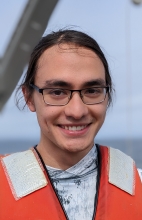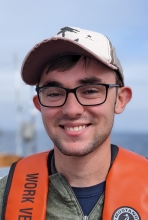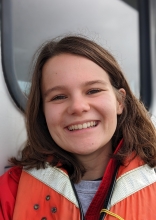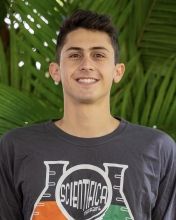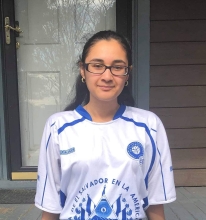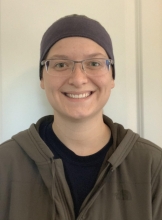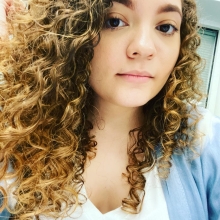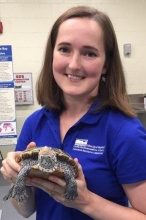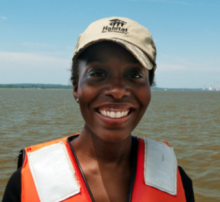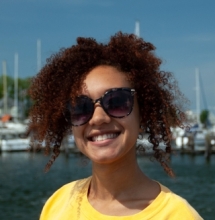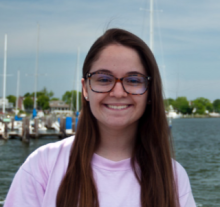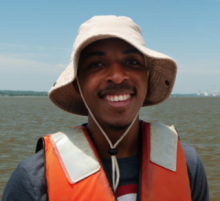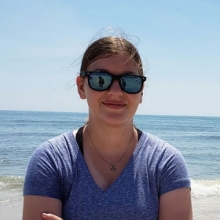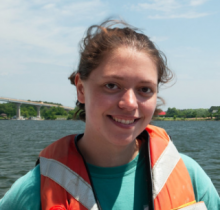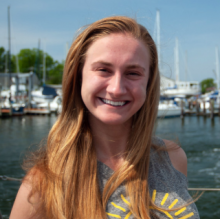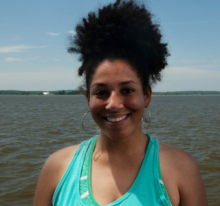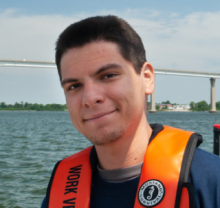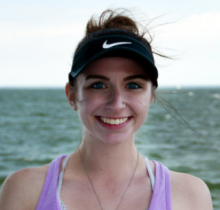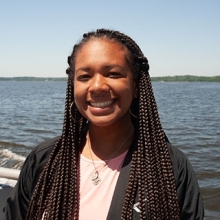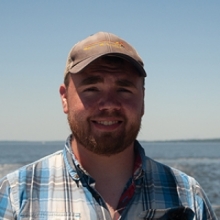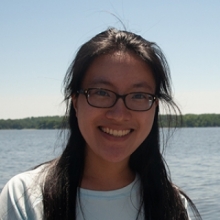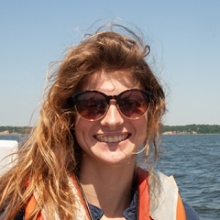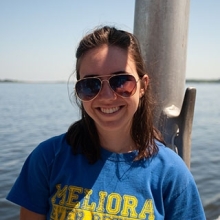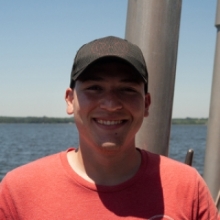Eight students will be presenting the summer work at the Ocean Sciences Meeting in March 2022!
Natasha De La Cruz, Florida State University
Class Year:
2019Mentor:
Greg Silsbe Ph.D.Project Title:
Remote Sensing in the Chesapeake Bay: A Focus on Harmful Algal BloomsAbstract:
In the Chesapeake Bay (CB), harmful algal blooms (HABs) have become more commonplace due to nutrients from agricultural and urban runoff entering the Bay. HAB data (location, date, species abundance reported as cells/mL) were mined from the Maryland Department of Natural Resources (MDDNR) Eyes on the Bay program. Given the inherent variations in the optical properties (e.g. algal biomass) of CB through space and time, we first constructed spatially explicit monthly composites of chlorophyll-a (chl-a) using the red-band difference (RBD) algorithm commonly used for detecting HABs in coastal waters. For each HAB event (2016-2019) with corresponding cloud-free imagery, we then compared RBD chl-a of a given event to its climatology to ultimately derive and report chl-a as a standardized anomaly. Contrary to our expectations, HABs cell concentrations were not correlated with satellite-derived chl-a anomalies. All satellite data analysis was performed using Google Earth Engine (GEE), and the code is an important deliverable of this project. One drawback of GEE is that Sentinel 2 data is currently not atmospherically corrected, which diminishes the accuracy of satellite-derived chl-a and is a potential source of error in our analysis.
Presentations:
De La Cruz, N.*, G. Silsbe, and A. Windle. 2019. Remote Sensing in the Chesapeake Bay: A Focus on Harmful Algal Blooms. Coastal Estuarine Research Federation Biennial Meeting, Mobile, AL.
De La Cruz, N.*, G. Silsbe, and A. Windle. 2020. Remote Sensing in the Chesapeake Bay: A Focus on Harmful Algal Blooms. Ocean Sciences Meeting, San Diego, CA.
